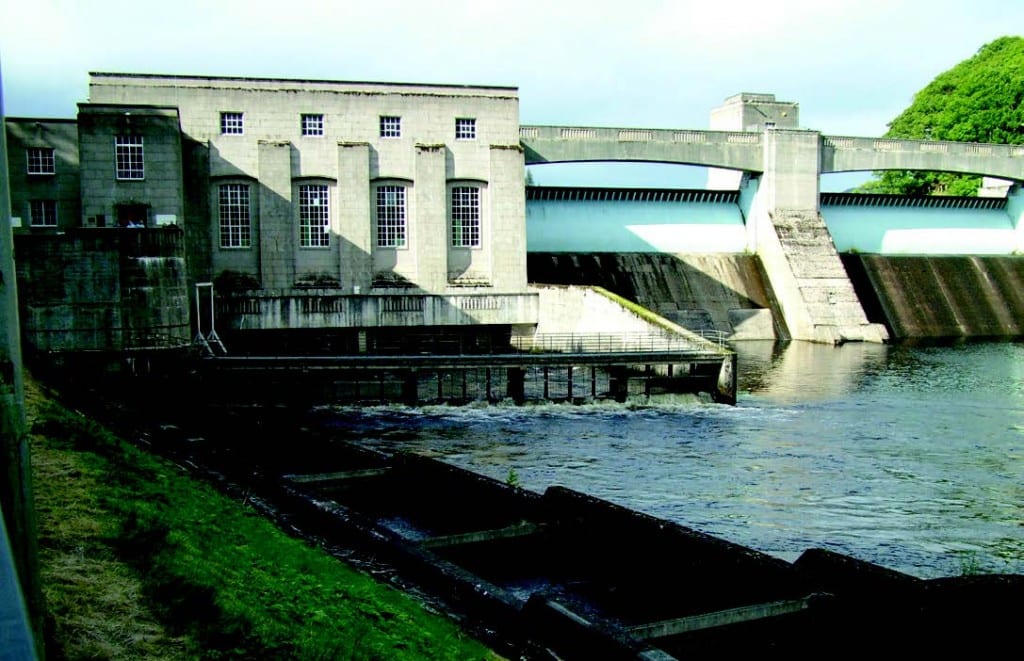The vital need to reform the Feed-In Tariff and alternative ways of using the power generated by Scotland’s rivers were topics reviewed at a recent gathering of Scotland’s hydro industry.

The CfD scheme offers inadequate support for
larger-scale hydro, said one delegate.
A sell-out crowd of 110 delegates at Scottish Renewables’ Hydro Conference and Exhibition in June heard from legal experts, developers and public sector regulators.
And while forthcoming degressions to UK Government support for the sector remained top of a packed agenda, optimism over storage and grid upgrades also made waves at the event, held in Perth.
Mary Drury, UK Hydro Development and Construction Manager at RWE Innogy UK, discussed Contracts for Difference, and provided food for thought by suggesting the largerscale generation support mechanism could eventually provide a way for sub-5MW projects to survive without conventional subsidies.
But she warned: “As it stands CfD offers insufficient support for larger-scale hydro. If we do not highlight this to DECC then we risk the same mistakes being passed onto any replacement to FiTs.”
Sarah-Jane McArthur, Managing Associate at legal firm Brodies, warned that the forthcoming Feedin Tariff review required under law – was unlikely to be a priority for the new Conservative Government, but said asks from Scottish Renewables and the British Hydropower Association were “legitimate and deliverable”.
She added: “The UK Government view on hydro specifically is unclear, which may be a benefit compared to wind and solar. How- ever the industry must continue to make its case strongly in the FiT Review consultation process alongside a focus on delivering the current pipeline.”
An early discussion on the state of the hydro sector at the event turned quickly to talk of more local methods of using electricity gener- ated by projects.
Adrian Loening of developer Mor Hydro, told how the company had explored hydrogen storage but found the energy lost through creating and compressing the gas, as well as large transportation costs, posed significant challenges – al- though the site would still have been able to claim the Feed-in Tariff.
He said: “Once we had factored in producing the gas and then compressing it, we would have lost almost two-thirds of the energy produced by the hydro scheme. On top of that, getting it off site would have meant a 44-tonne HGV delivery from the site to Aberdeen or Grangemouth every day, which made the process less than worth- while.”
Will Handford, Senior Project Manager at Dulas, also told of growing interest in hydrogen, say- ing the company had received enquiries about hydrogen storage.
He also cited ongoing grid upgrades as a potential boon for the sector, saying: “Some future work will undoubtedly come from extensions to existing hydro projects. As more grid capacity becomes avail- able, schemes can get bigger.”
Joss Blamire, Scottish Renewables’ Senior Policy Manager, Onshore Renewables, summed up the day, saying: “With the FiT degression looming, this year’s conference was always going to be a busy one.
“Hydro has a proud history in Scotland, and with the right support it can have a bright future. At the moment, though, the storm clouds are gathering, and we’ll be pressing hard to make sure the outcome of this unsettled period is the right one.”






